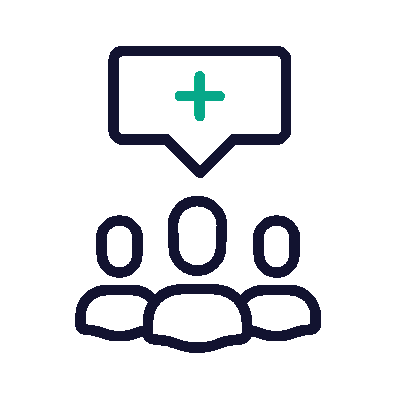Is this the start of a homebuilding recovery in Australia?
National apartment and unit building approvals rose more than 32% month-on-month (MoM) in July, and were 15.9% higher compared to the same time last year, according to Australian Bureau of Statistics (ABS) figures released on Monday.
It comes as the federal government started the clock last month on its Housing Accord target to see 1.2 million new, well-located homes built nationally over the next five years.
Building more homes across the country has been touted as the best way to make home buying and renting more affordable for Australians.
While the building approvals boost has been welcomed, there are still too few homes getting the green light to start construction.
PropTrack senior economist Anne Flaherty said the increase in dwelling approvals in July was a positive sign.
“One of the biggest issues we’ve been facing in the housing market has been the lack of dwelling approvals, which have been sitting at record lows,” Ms Flaherty said.
“The fact that dwelling approvals are now increasing is a positive signal that there are more homes in the planning pipeline.
“But it’s too early to say if we’re seeing a recovery in homebuilding.”

Ms Flaherty noted that the jump in apartment approvals was from a low base of 5,234, meaning that even more approvals were needed in future to see homebuilding return to normal levels in Australia.
Detached house building approvals increased by 0.6% in July to 9,252, and were 13.1% higher compared to the same month last year.
Together, total dwellings were 10.4% higher MoM in July, and were up 14.3% on last year.
“Despite the bounce in July, total dwellings approved remain 5.1% per cent lower than the five-year average,” ABS head of construction statistics Daniel Rossi said.
Housing Industry Association (HIA) economist Maurice Tapang said market confidence appeared to be returning to the homebuilding market.
“It has been almost ten months since the last increase in the cash rate,” Mr Tapang said.
“Stable interest rate settings have provided the certainty needed to see a rise in homebuilding confidence.
“Materials price growth and build times for homes have stabilised and returned to normal pre-pandemic levels, which provides certainty with the cost to build.
“Unemployment remains very low, and there are now more people employed in the economy than there were prior to the pandemic.

“There is strong demand for homes and a low level of supply, as evidenced by low rental vacancy rates particularly outside of Australia’s southeastern capitals.”
Master Builders Australia chief executive Denita Wawn said the latest building approval numbers showed that the Housing Accord had started on the front foot in July.
“However, it will still be a huge challenge for us to deliver the Accord’s target," she said.
Australia will need to build about 240,000 new homes each year to reach the Housing Accord goal.
However, there were only 166,140 new home building approvals received over the 12 months to July.
Ms Wawn said the building and construction industry was inhibited by workforce shortages, woeful industry productivity, a lack of critical infrastructure, high taxes and charges, slow approval process, and costly Enterprise Bargaining Agreements.


